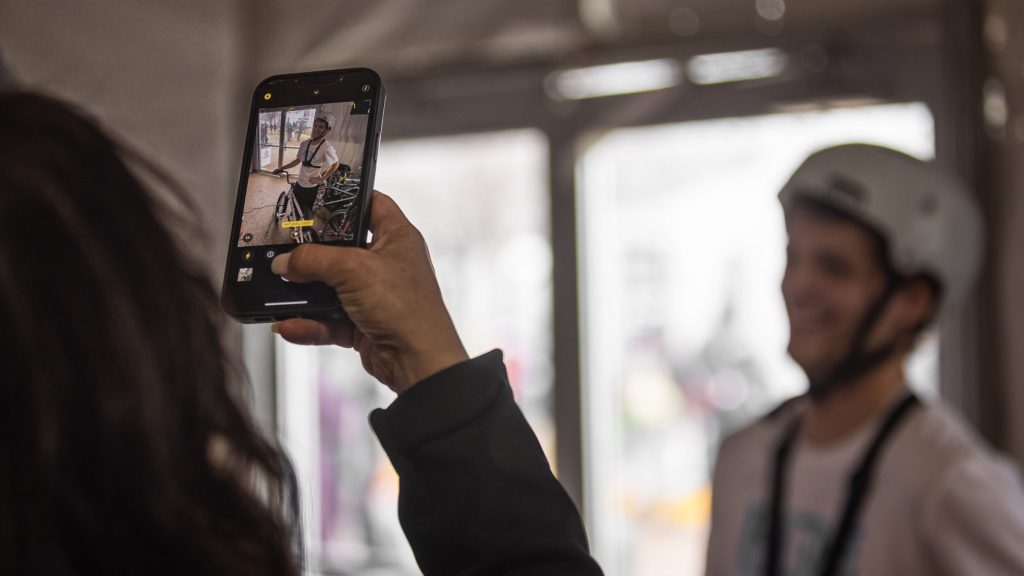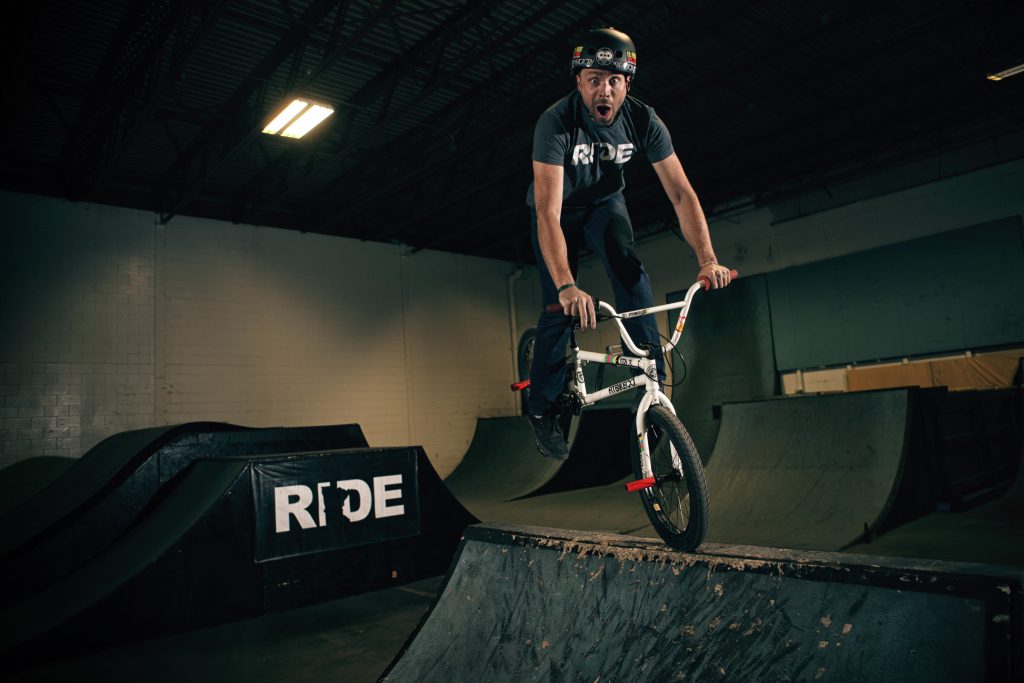There’s something electric about pulling together two worlds that most people think should never meet. Like bringing a left-brained Engineer and a right-brained Artist into the same cramped studio and telling them to build something beautiful. Like Leonardo da Vinci centuries ago. He smashed through the neat boundaries set by his era and worked at a crossroads most folks didn’t even know existed. He wasn’t just another artist content to paint soft smiles and folded hands. He was a thinker who dissected how light bent and how bones supported flesh, who saw invention and imagination as parts of the same whole. He dared to merge logic and artistry until they became inseparable, and he left behind work that still grabs our attention, still stirs our guts, still matters. If he could do it then, why can’t we do it now?
I caught a glimpse of this tension myself when an editor at MPLS Art Magazine commented on a piece I wrote about my creative process. I’d laid out my approach, my “neural photography” method, which draws on physiology and perception to shape how I capture moments and their feedback was matter-of-fact: “Good, interesting, but maybe a little too science or technology-based for our audience.” I get it. Art is supposed to be airy, mystical, untouched by the rough edges of data or technique. But here’s the thing: leaning on science doesn’t dilute the art. It can actually make it richer, more honest, and more human.
The Da Vinci Model: Bridging Science and Art
Da Vinci showed us that understanding reality can make imagination stronger. He explored every corner, studied how light drapes over surfaces, how eyes track motion, how emotions pool in the subtle tension of a face. He refused to accept the old division: logic on one side, creativity on the other. In his hands, they became dance partners, each lending something vital to the other. The result was paintings that felt alive, inventions that seemed to breathe.
That’s the north star for my work. With neural photography, I’m not just pressing a shutter button and hoping for the best. I’m digging into how the human eye and mind process visual information, how certain qualities of light and color tap into emotion. When I shoot action, adventure, or lifestyle scenes, I’m using both the rules of anatomy and the instinctive pull of storytelling. Data and feeling, side by side. The science is never there to cage the art. It’s there to sharpen it, to give it teeth, to make it sing louder and more clearly.
This blending works outside the camera too. In marketing and strategic storytelling, logic tells me which messages hit the mark, while creativity helps me shape them into something people actually care about. It’s not just about reaching the brain; it’s about stirring the heart. You can have the best idea in the world, but if you can’t present it in a way that resonates on a human level, it fizzles. Logic and creativity together light a fire that keeps burning long after the curtain falls.
The Journey: Twists, Turns, and the Outsider’s Path
It’s never been a straight line for me. I grew up in a household that respected art, my mom was a commercial artist. Then spent years hauling camera gear for photographers in high school and after. Later, I joined the Marine Corps, served through two wars, and learned discipline in ways no classroom can teach. Add dyslexia and ADHD into the mix, and you can bet I’ve never fit neatly into anyone’s category. Instead, I picked up tools wherever I found them, anatomy, algorithms, lighting techniques, storytelling instincts and kept forging ahead, refusing to choose between logic and creativity.
To me, it’s like forging metal. Different alloys have different properties. Some resist heat, some bend easily, some hold an edge longer. When you combine them correctly, you get a result that’s stronger than the sum of its parts. That’s how I see my creative work, welding concepts together until they support each other perfectly, without losing their distinct character.
The Push and Pull: Science, Art, and Everyone Else’s Opinions
There’s a natural resistance to this kind of blending. People like their categories. They want art to feel like it floated in on a breeze, unspoiled by “mechanics” or “technique.” But what if the skeleton beneath that art, the science, the logic is what makes it so compelling?
Think about it: Arthur C. Clarke once said any sufficiently advanced technology is indistinguishable from magic. Da Vinci understood that. He used what he knew about nature to lift his art to a place where it felt magical. He showed that the mystery and the method could feed each other. Today, science can help me shape an image, and an understanding of human perception can guide where I shine the light or set the frame. Instead of stripping away the magic, this knowledge reveals new depths.
Why It Matters
This isn’t just about my photography, or even about da Vinci’s Renaissance brilliance. It’s about the bigger idea: we don’t have to choose. We can embrace both sides, data and dream, fact and feeling and create something that stands the test of time. We can break free from old assumptions, ignore the voices that say, “Pick a lane,” and blaze a new path that runs right down the center, pulling in the best of both worlds.
If this resonates with you, if you’ve ever felt that you don’t quite fit into a single label, share it. Pass it on to someone who’s juggling too many tools to be comfortable in one tidy box. Remind them that the greatest minds and creators didn’t settle for one flavor. They mixed until something new emerged. Da Vinci’s legacy shows us it can be done. Today, with all we know and all we have at our fingertips, we can push this approach even further. Let’s make the world richer by refusing to choose between logic and creativity. Let’s weld them together and see what sparks fly.



